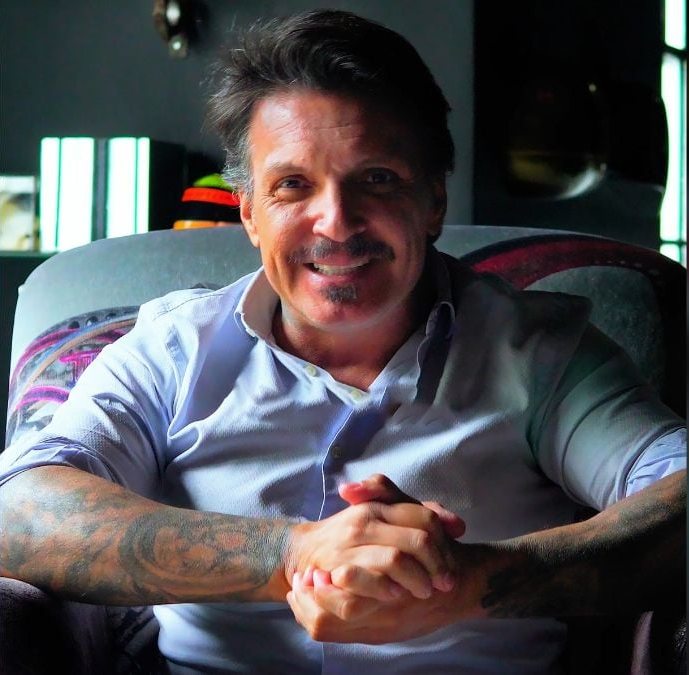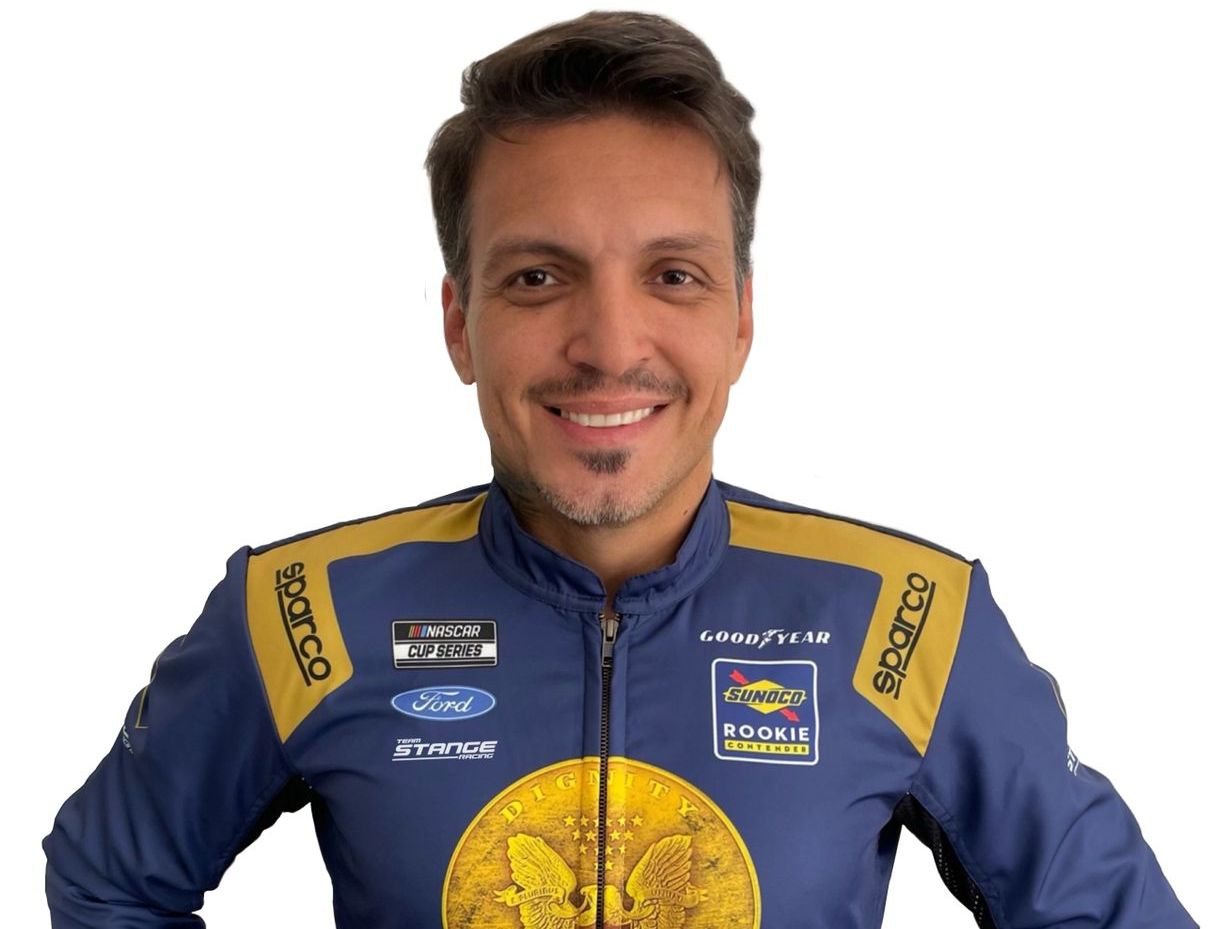IndyCar News: Former F1 & IndyCar Driver Tarso Marques arrested
In the high-octane world of open-wheel racing, few careers capture the raw unpredictability of motorsport like that of Tarso Marques. Born on January 19, 1976, in Curitiba, Brazil, Marques burst onto the scene as a prodigy, winning the Brazilian Formula Chevrolet championship at just 16 years old.
–by Mark Cipolloni–
By 1993, he was dominating Formula Three Sudamericana, and soon after, he became the youngest driver to claim victories in both that series and the European Formula 3000, showcasing a blistering pace that turned heads across the Atlantic.
His talent was undeniable, but as with many drivers from modest backgrounds, the path to the top was paved with financial hurdles and fleeting opportunities. Marques’ journey would take him from the glamour of Formula 1 to the gritty ovals of American open-wheel racing, and ultimately, to an unexpected arrest in his home country—a stark reminder of how quickly fortunes can shift in the racing world.
The Formula 1 Dream: Teammate to a Future Legend
Marques’ big break came in 1996 when he debuted for the Minardi team in Formula 1, the pinnacle of motorsport. At 20 years old, he raced in the Brazilian and Argentine Grands Prix, filling in for the injured Giancarlo Fisichella. Though both outings ended in retirements, his raw speed impressed team principal Giancarlo Minardi.
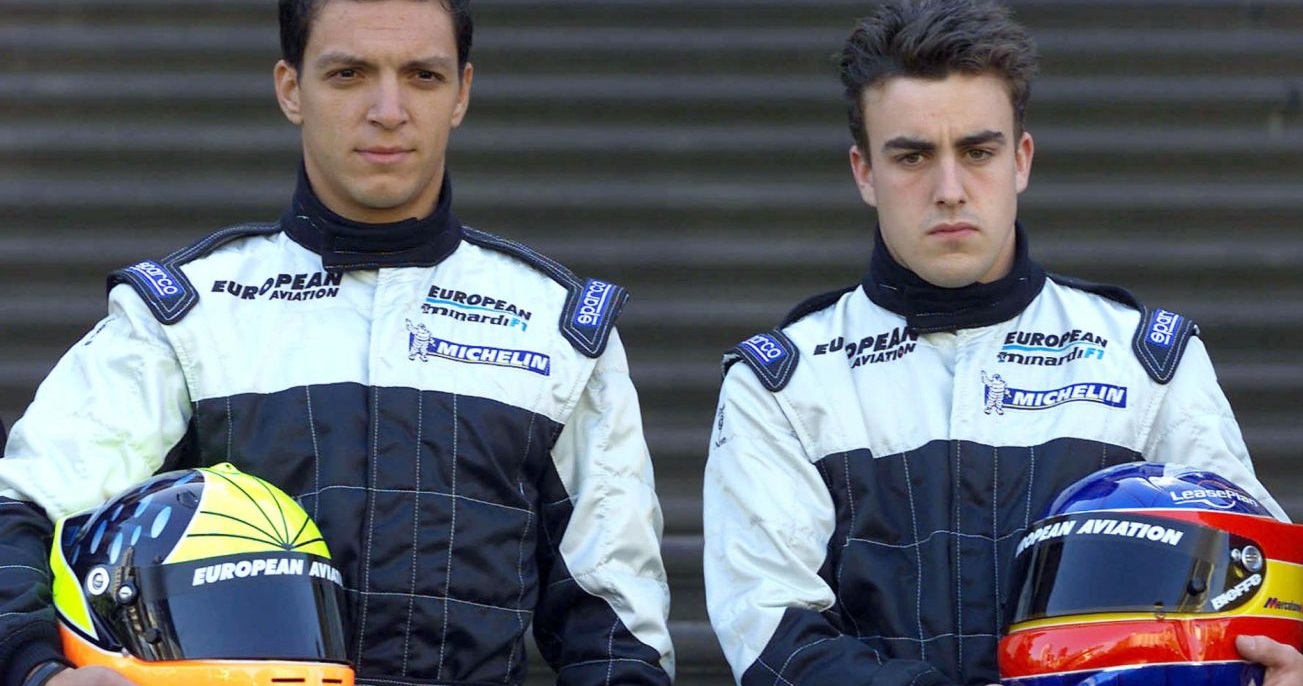
The following year, 1997, saw him return for nine races, replacing Jarno Trulli mid-season. Again, results were modest—no points in an era when only the top six scored—but Marques showed flashes of potential amid Minardi’s perennial struggles with funding and reliability.
After a year off the grid in 1998, Marques made a triumphant return in 2001, this time as a full-season driver for the newly acquired Minardi team under Australian owner Paul Stoddart.
It was here that his career intersected with one of Formula 1’s greatest talents: Fernando Alonso. The young Spaniard, just 19, was making his rookie debut alongside the more experienced Brazilian.
The pairing was a study in contrasts—Alonso, a prodigy backed by Renault’s junior program, versus Marques, a journeyman fighting for every lap. Neither scored points that season, but Marques edged out his teammate in the final standings on countback, thanks to two ninth-place finishes at his home race in Brazil and in Canada. Those results stood as Minardi’s best of the year, a small victory in a car that often qualified last.
Yet, the season was bittersweet. Minardi’s chronic financial woes meant drivers like Marques, who brought no sponsorship dollars, were on precarious race-by-race contracts.
Stoddart was candid: “Tarso is not a pay driver… but if somebody came along that provided the team with a serious budget and talent, we would change.”
That somebody was Alex Yoong, whose Malaysian government backing injected vital funds. With three races left, Marques was replaced, graciously stepping aside and noting, “Yoong brought the sponsor for the team already two or three races ago, so he should be in the car.”
It was a poignant end to his F1 tenure—24 starts over three seasons, zero points, but forever linked to Alonso, who would go on to win two world championships with Renault in 2005 and 2006.
Marques later reflected warmly on their time together, calling Alonso “by far the best” of his teammates and even rating him above legends like Michael Schumacher and Ayrton Senna.
“If I had to pick one driver for my team, I would choose Fernando,” he said in a 2024 interview. Their bond endured, a testament to the camaraderie forged in the backmarkers.
Venturing to America: The CART IndyCar Chapter
With F1 doors closing, Marques sought greener pastures across the Atlantic in 1999, diving into the cutthroat world of CART—the Champ Car World Series, a high-speed oval and road-course spectacle that rivaled IndyCar during the infamous “split era” of American open-wheel racing.
This period, from 1996 to 2003, saw CART and IndyCar divided by philosophical and financial disputes, with CART emphasizing road courses and attracting international talent like Juan Pablo Montoya and Gil de Ferran. It was a bold move for Marques, who had no prior experience in the series’ powerful Reynard chassis and turbocharged engines.
His CART debut came with none other than Team Penske, the legendary squad owned by Roger Penske. Stepping in for the injured Al Unser Jr., Marques contested six races that year, scoring four points with a best finish of ninth at Interlagos in Brazil.
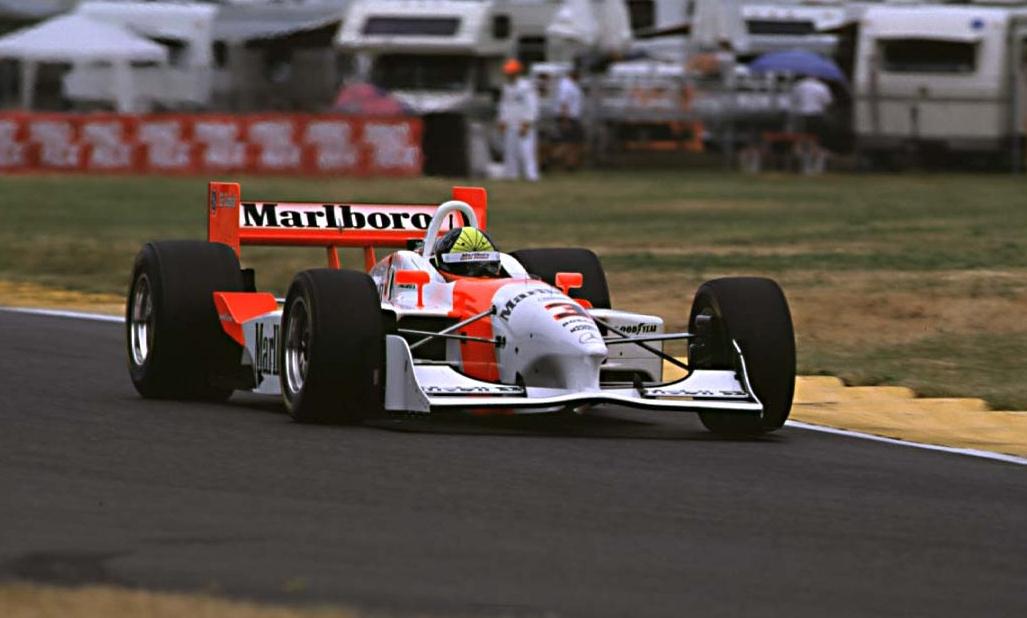
It was a solid if unspectacular start, hampered by mechanical gremlins and the learning curve of ovals like Michigan and California Speedway.
In 2000, he switched to the underfunded Dale Coyne Racing, a perennial backmarker, where he ran most of the 20-race season. His highlight was a career-best seventh place at the California Speedway (Fontana), earning 11 points and finishing 25th in the championship.
These results showcased Marques’ adaptability—he thrived on road courses like Road America but struggled on the high-banked ovals that defined CART’s spectacle.
Marques returned sporadically in 2004 and 2005 with Dale Coyne, making four more starts but without the same spark. By then, CART was crumbling under financial strain and the IRL-IndyCar dominance, collapsing in 2003 before a brief revival as Champ Car until its 2008 merger with IndyCar.
Marques’ CART stint—14 races, 15 points, no podiums—highlighted the era’s chaos: immense speed (cars hit 240 mph on ovals) but instability for drivers like him, who lacked the deep pockets of stars like Cristiano da Matta. It was a far cry from F1’s global spotlight, yet it kept him racing, honing skills that later fueled his success in Brazil’s Stock Car series, where he competed until 2018 and even won races.
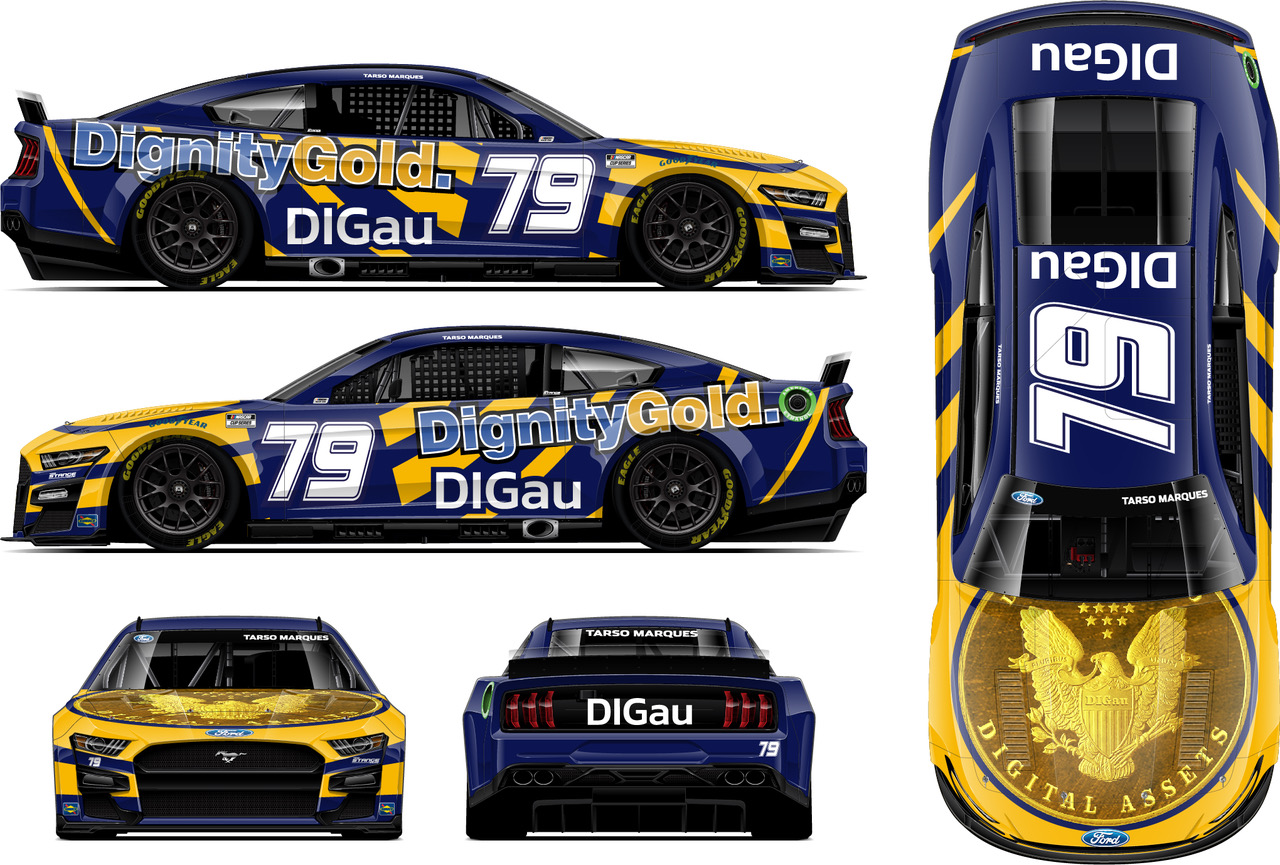
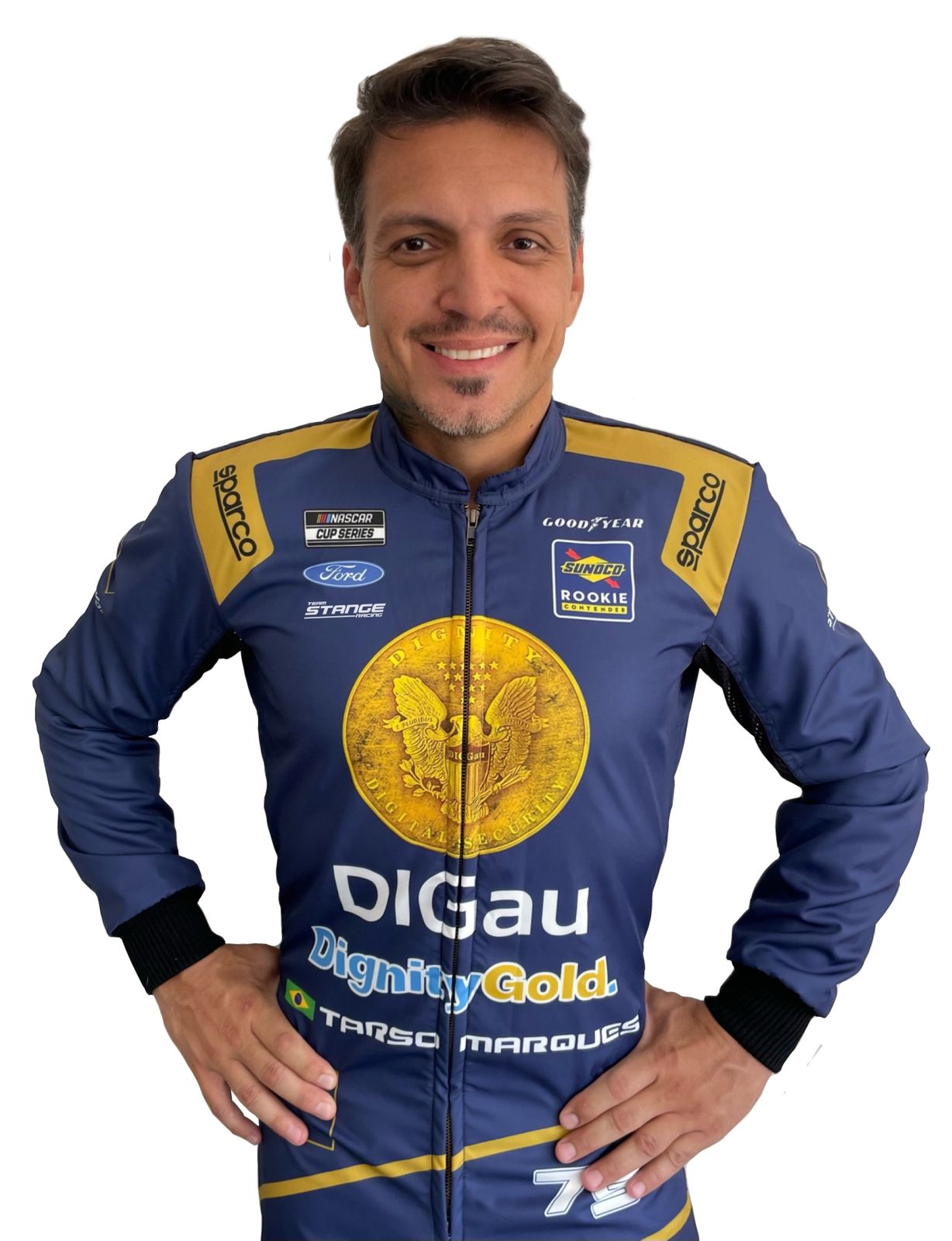
The Arrest: A Dramatic Turn Off the Track
Fast-forward to August 31, 2025, and Marques, now 49, found himself in headlines for all the wrong reasons. In the early hours of the morning, São Paulo police pulled over a red Lamborghini Gallardo speeding along the Ponte Cidade Jardim bridge. The car had no license plates, a glaring red flag during a routine Operation Direction patrol.
As officers approached, Marques—accompanied by two women—attempted to hastily affix plates, claiming the vehicle was a “show car” for exhibition purposes. But a quick database check revealed a nightmare: the Lamborghini, owned by a company previously convicted of illegal practices like financial pyramids, carried a staggering 1.3 million Brazilian reals (about $240,000 USD) in unpaid taxes, fines, and IPVA fees dating back to 2013. It also had judicial restrictions and a prior report of embezzlement.
Marques was arrested on the spot for alleged illegal possession (receptação) and tampering with vehicle identification signals, per São Paulo’s police statement.
Taken to the 14th District Police Station in Pinheiros, he was held briefly before posting 22,000 reals ($4,000 USD) in bail during his custody hearing. In a statement to Brazilian media like Estadão and Motorsport.com, Marques denied any wrongdoing, insisting the car belonged to a client and that he was unaware of its issues.
“I was just the faithful depositary,” he explained, noting he was driving it to a nearby gas station after it arrived without plates for a video shoot. “If they wanted to seize it, I would resolve everything later.” His lawyer has yet to comment publicly, but the incident has sparked speculation about his post-racing ventures.
These days, Marques has pivoted from the cockpit to the screen and studio, serving as a Formula 1 commentator for Rádio Jovem Pan since 2014 and hosting segments on TV Globo’s Caldeirão do Huck, where he customizes vehicles in the “Lata Velha” feature. He also runs Tarso Marques Concept (TMC), a thriving design firm specializing in bespoke cars, motorcycles, yachts, and even aircraft—earning accolades like “Best of Show” at the 2018 Daytona Bike Week for his hubless-wheeled TMC Dumont. A planned 2022 NASCAR comeback fizzled out, but his entrepreneurial spirit has kept him in the public eye.
Marques’ saga is a microcosm of motorsport’s highs and lows—prodigy to pay-driver, F1 teammate to TV host, CART warrior to arrested entrepreneur. As he resolves this chapter, fans can’t help but wonder: in a sport that chews up dreams, has the Brazilian finally found his off-ramp?
